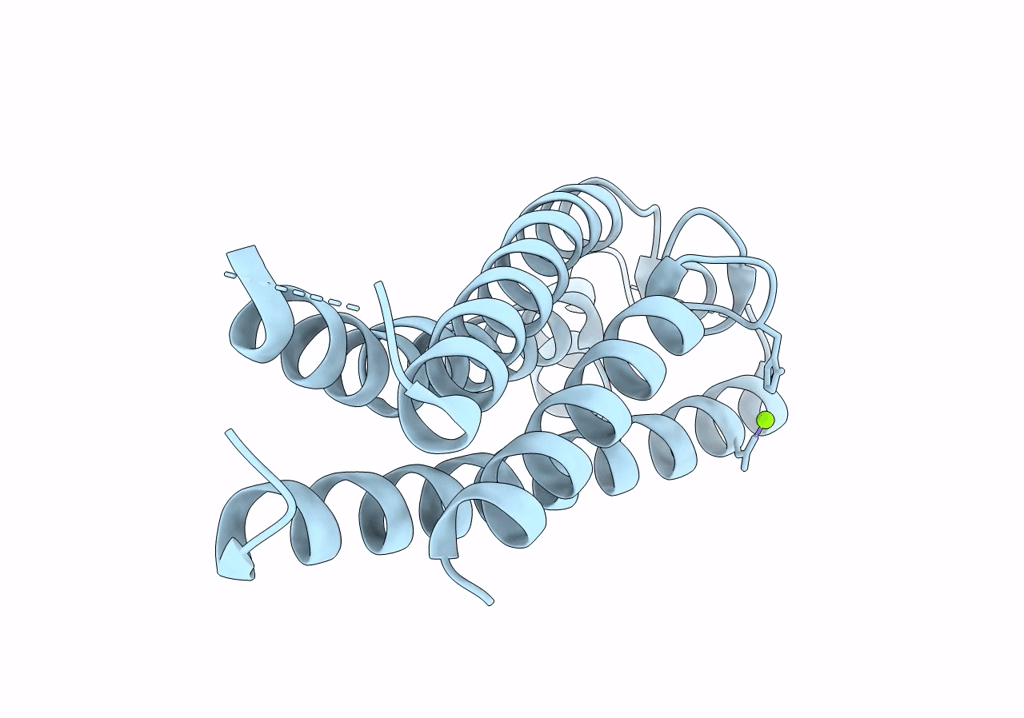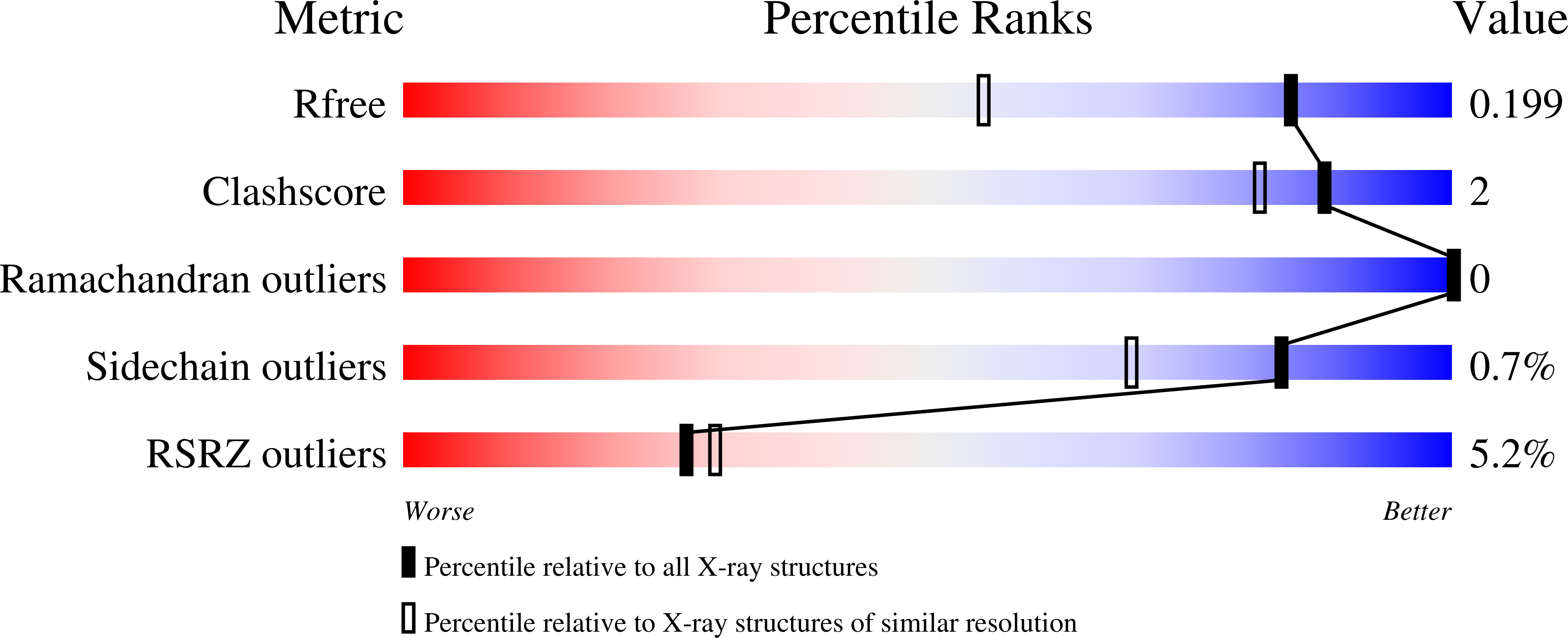
Deposition Date
2022-09-01
Release Date
2023-06-07
Last Version Date
2024-04-03
Entry Detail
PDB ID:
8EC3
Keywords:
Title:
The crystal structure of the complement inhibitory domain of Borrelia hermsii FbpC.
Biological Source:
Source Organism:
Borrelia hermsii HS1 (Taxon ID: 1867252)
Host Organism:
Method Details:
Experimental Method:
Resolution:
1.50 Å
R-Value Free:
0.19
R-Value Work:
0.17
R-Value Observed:
0.17
Space Group:
P 1 21 1


